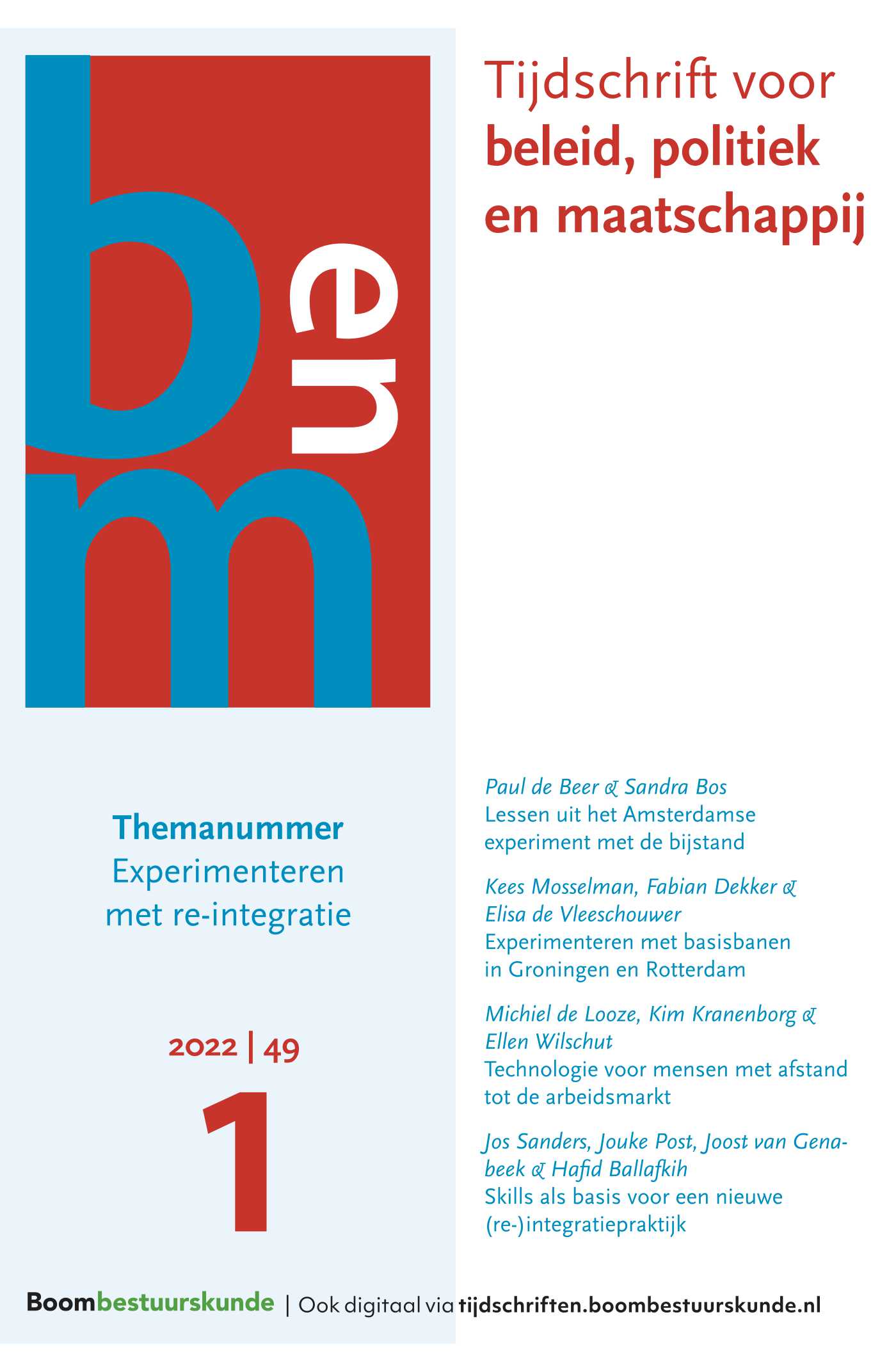|
This article sketches an alternative route to stimulate public familiarity: introducing spaces and zones of hospitality. Maybe hospitality in (semi)public space can offer more safe and comfortable ways of interaction. How does hospitality relate to the principles of public life like free access? Which views of interaction between strangers are presupposed? It is argued that hospitality means sharing together a certain limited space. The persons present depend on each other and they have the opportunity to make contact and get nearer. Guests have the positive obligation to treat each other with respect. Hospitable social regulation may be promoted in various ways. First by introducing symbolic demarcations like gateways and fences. Secondly by introducing convivial forms of interaction. Making use of public space in sheltered and relaxed ways may function as 'leveler' through which newcomers may feel welcome and 'at home'. Thirdly, by means of a 'personal hospitability' small conflicts can be managed. In that case some persons may take the role of public host without being asked. Finally some objections against hospitability are dealt with: on the one hand the freedom to move as one wants would be restricted and on the other hand informal manners in hospitable spaces would not satisfy the rules of detached and impersonal public interaction. Against that it is argued that 'total freedom of movement' and impersonal interaction are not always suitable principles to shape public life. |


Beleid en Maatschappij
Over dit tijdschriftMeld u zich hier aan voor de attendering op dit tijdschrift zodat u direct een mail ontvangt als er een nieuw digitaal nummer is verschenen en u de artikelen online kunt lezen.
| Redactioneel |
Van de redactie |
| Artikel |
De sociale kwaliteit van het stedelijke domeinVeiligheid en publieke vertrouwdheid |
| Auteurs | Bas van Stokkom |
| SamenvattingAuteursinformatie |
| Artikel |
Hoeders van de hygiënische stadBeveiligers, toezichthouders en handhavers in de openbare ruimte |
| Auteurs | Ronald van Steden en Maddy Roelofs |
| SamenvattingAuteursinformatie |
|
Over recent years, we have seen a steady increase in the number of security officers and city supervisors in Dutch urban areas. However, despite the mounting presence and visibility of these auxiliary patrols, little is known about how citizens perceive and value them. A questionnaire held among a sample of 761 residents of Amsterdam shows that citizens have mixed opinions. Many people are accepting or neutral about the occurrence of security officers and city supervisors in urban space, but at the same time lack a clear idea of their quality and professionalism. This somewhat ignorant and laconic attitude raises the question whether people underestimate the potential consequences of omnipresent quasi-police. It is argued that more repressive approaches may generate substantial conflicts with the general public. Furthermore, safety and security may become 'consumer goods' in the sense that people are quite happy to leave their responsibilities to paid policing professionals – a position which promotes the rise of a 'culture of control'. |
| Artikel |
Openbare ruimte als symbolische orde: de Haagse nieuwjaarsvuren |
| Auteurs | Maarten Hajer, Maarten Poorter, Arnold Reijndorp e.a. |
| SamenvattingAuteursinformatie |
|
This article examines conflicts in public space in terms of the underlying 'symbolic order'. Using the case of the wild fires on New Year's eve in the city of The Hague it explores the role of the local government in managing the latest manifestation of this 'tradition' of fires in the neighbourhoods. The analysis illuminates a framing in terms of 'old' and 'new' fires in which the earlier fires were well understood as relating to a neighbourhood culture and the new fires, attributed to young migrant youths, are not. It is pointed out that there is a wide variety of attributions that now inform the response of local government. As an alternative it is suggested to invest in understanding the symbolics of fire setting and appreciate the fact that the 'parochial' sphere that was characteristic for neighbourhoods some decades ago, can no longer be assumed. It is suggested that the fact that different actors hold distinct frames is crucial for understanding the conflict. |
| Artikel |
Het belang van publieke familiariteit in de openbare ruimte |
| Auteurs | Talja Blokland |
| SamenvattingAuteursinformatie |
|
To live in a safe neighbourhood is to live in a neighbourhood where one knows what to expect and can navigate the public space. This article argues that issues of public safety in urban disadvantaged neighbourhoods are often understood as depending on crime and social control; but it may well be that whether or not people feel safe depends just as much on the degree of public familiarity of the context in which they live – and consequently on their abilities to know who to trust and distrust – as it depends on the usual suspects of crime rates, social cohesion, broken windows and collective efficacy. Using empirical data from four neighbourhoods in Rotterdam, the Netherlands, the article shows that data may substantiate this claim, formulates some policy recommendations and proposes an agenda for further research. |
| Artikel |
Publieke ruimte: tussen anonimiteit en publiciteit |
| Auteurs | Willem Schinkel |
| SamenvattingAuteursinformatie |
|
This paper discusses contemporary public space in light of two developments: a privatisation of space, and a spectacularization of space. Over against these processes, it argues that public space is able to provide two regulatory functions for social life: (1) anonimization; (2) public-formation. The paper concludes with a discussion of 'public familiarity' as one possible way of mediating these two apparently contradictory demands on public space. |
| Artikel |
Te gast in (semi-)publieke ruimtesNaar conviviale stedelijke omgangsvormen |
| Auteurs | Bas van Stokkom |
| SamenvattingAuteursinformatie |
|
|
| Boekbespreking |
Extremisme en populisme als taai ongerief in politiek en samenleving |
| Auteurs | Henk Becker |
| Auteursinformatie |
| Column |
Openbare ruimte in New York |
| Auteurs | Manuel Aalbers |
| Auteursinformatie |
